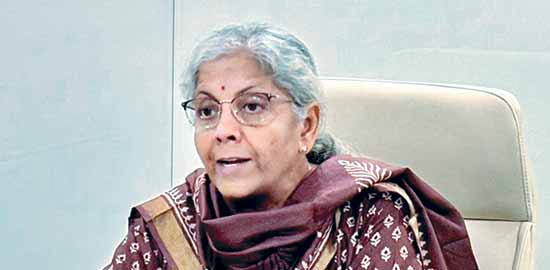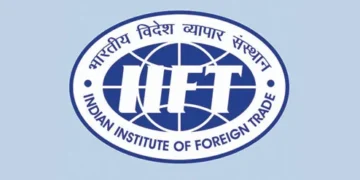NEW DELHI: The Government is keeping a continuous watch on the exchange rate, particularly after the slide of the rupee, Finance Minister Nirmala Sitharaman said on November 27, describing exchange rate fluctuations and high-interest rates as downsides for the Indian economy.
Speaking virtually at the India Global Forum held in the UAE, Sitharaman said high-interest rates, especially in advanced countries, “will have a bearing on investments into India.”
“The domestic market and our macroeconomic fundamentals are fairly well-rooted. India is comfortably placed because of our stable policy and predictable tax domains, but factors outside are not in our control,” she said.
Falling consumption in advanced economies is impacting Indian exports, she added. The International Monetary Fund has raised its FY2024 growth projection for India to 6.3 per cent from its July estimate of 6.1 per cent, citing stronger-than-expected consumption during the first quarter.
However, India’s merchandise trade deficit widened to a record high in October because of a sharp rise in gold imports during the festive season and a higher oil bill. According to the Commerce Ministry, India’s trade deficit widened to $31.46 billion in October, with imports at $65.03 billion and exports at $33.57 billion.
While Indian exports remain a concern, high-interest rates, especially in advanced economies, have impacted investments as the cost of borrowing and servicing interests has risen.
Earlier in November, the US Federal Reserve held the key interest rate in a target range between 5.25 per cent – 5.5 per cent, where it has been since July.
































